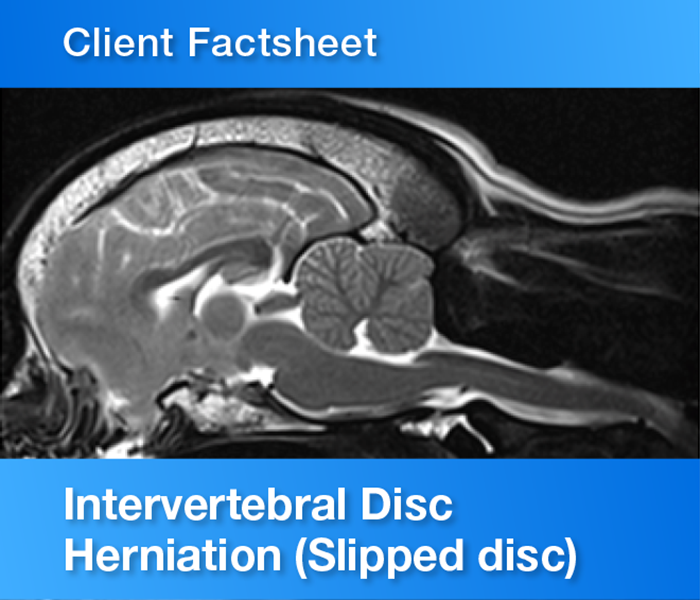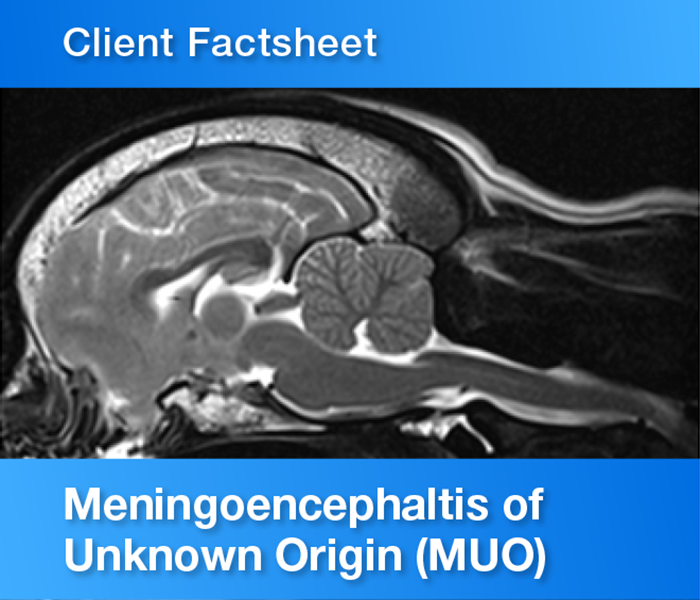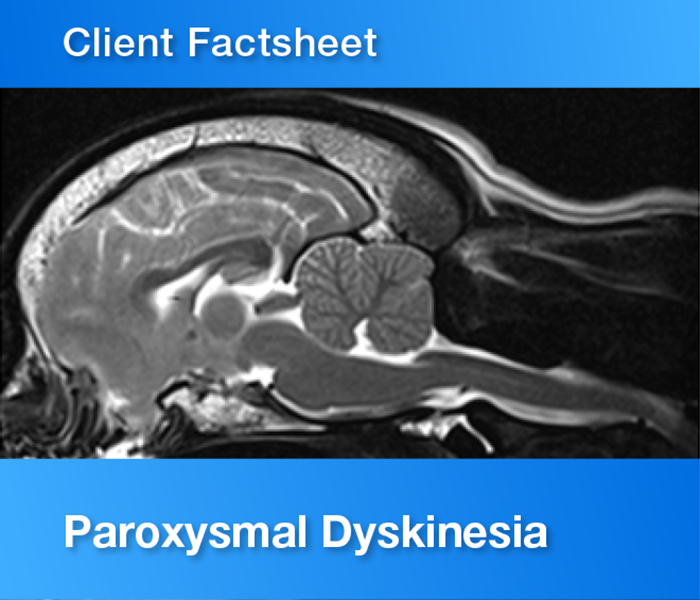Until recently, it was thought that strokes in dogs and cats were very rare. However, in the last few years with both the advances in, and the increased availability of, more specialist tests such as MRI or CT scans, strokes are being recognised more often in pets.
A stroke or cerebrovascular accident is the term used for the signs shown by an animal when the blood supply to the brain is reduced. There are two types of stroke:
- Ischaemic stroke is caused by a sudden lack of blood supply to the brain.
- Haemorrhagic stroke (or bleeding within the brain) is caused by a burst blood vessel.
What can causes a stroke?
More than any other organ, the brain relies on a constant blood supply to bring oxygen and nutrients and to remove waste products. If the blood supply to the brain fails then brain function is severely disrupted (ischaemia) or parts of the brain are destroyed (infarct) in a specific region of the brain fed by the affected artery.
The diseases causing ischaemic stroke can be broadly divided into those diseases causing narrowing of an artery (thrombosis) and diseases causing clogging of an artery by material coming from somewhere else in the body (embolism).
In haemorrhagic strokes there may be leakage of blood within the brain tissue itself (intraparenchymal haemorrhage) or between the brain and the skull (subdural or subarachnoid).
How is a stroke diagnosed?
The signs of strokes in dogs and cats are often very different from those seen in man. In human stroke victims a drooping face or total paralysis on one side of the body are common signs but these are rarely associated with strokes in dogs and cats. More common signs include head tilt or turn, loss of balance, loss of vision, circling and falling. These signs are not specific for stroke and can be seen associated with other brain diseases such as tumour or inflammation of the brain (encephalitis).
A definite diagnosis of stroke requires performing as CT (computed tomography) or MRI (magnetic resonance imaging) scan of the brain under general anaesthesia. It is not possible to make this diagnosis using standard X-rays or blood tests. Once the diagnosis of strokes in dogs and cats has been made, further tests will be needed to look for the potential underlying causes for the stroke.
What causes strokes in dogs and cats?
Ischaemic strokes have been associated with many medical conditions in dogs and cats: kidney disease, heart disease, under or over-active thyroid glands, Cushings disease, diabetes and high blood pressure (hypertension). Other less common causes of blockage of the blood vessels supplying the brain include clogging by a fragment of tumour, fat, parasites or spinal cartilage.
Despite thorough investigations, an underlying cause is not found in more than half of dogs with strokes.
Haemorrhagic strokes in dogs and cats can be seen with diseases that interfere with blood clotting (angiostrongylosis – a kind of lung worm), some rodent poisons (warfarinlike products), immune-mediated thrombocytopenia, congenital clotting diseases, diseases causing high blood pressure (kidney disease, heart disease, Cushings or thyroid disease), inflammation of the arteries (vasculitis) or abnormal development of the blood vessels in the brain. Other causes of bleeding in the brain include head trauma, bleeding from a brain tumour or from a tumour spreading to the brain (especially common with tumours of the spleen).
Is there any treatment for strokes in dogs and cats and what is the prognosis?
Once a stroke has occurred there is no specific treatment that can repair the damage done to the brain. Efforts should be concentrated on identifying a potential cause for the stroke and, if a cause is found, treating it to prevent further strokes. Good nursing care is essential for recovery.
Most pets tend to recover within a few weeks with only supportive care. However, recovery may not be possible if the stroke has affected a vital part of the brain and/or caused severe disability. The long-term outlook and chances of another stroke depend on what has caused the stroke and whether this can be treated.



